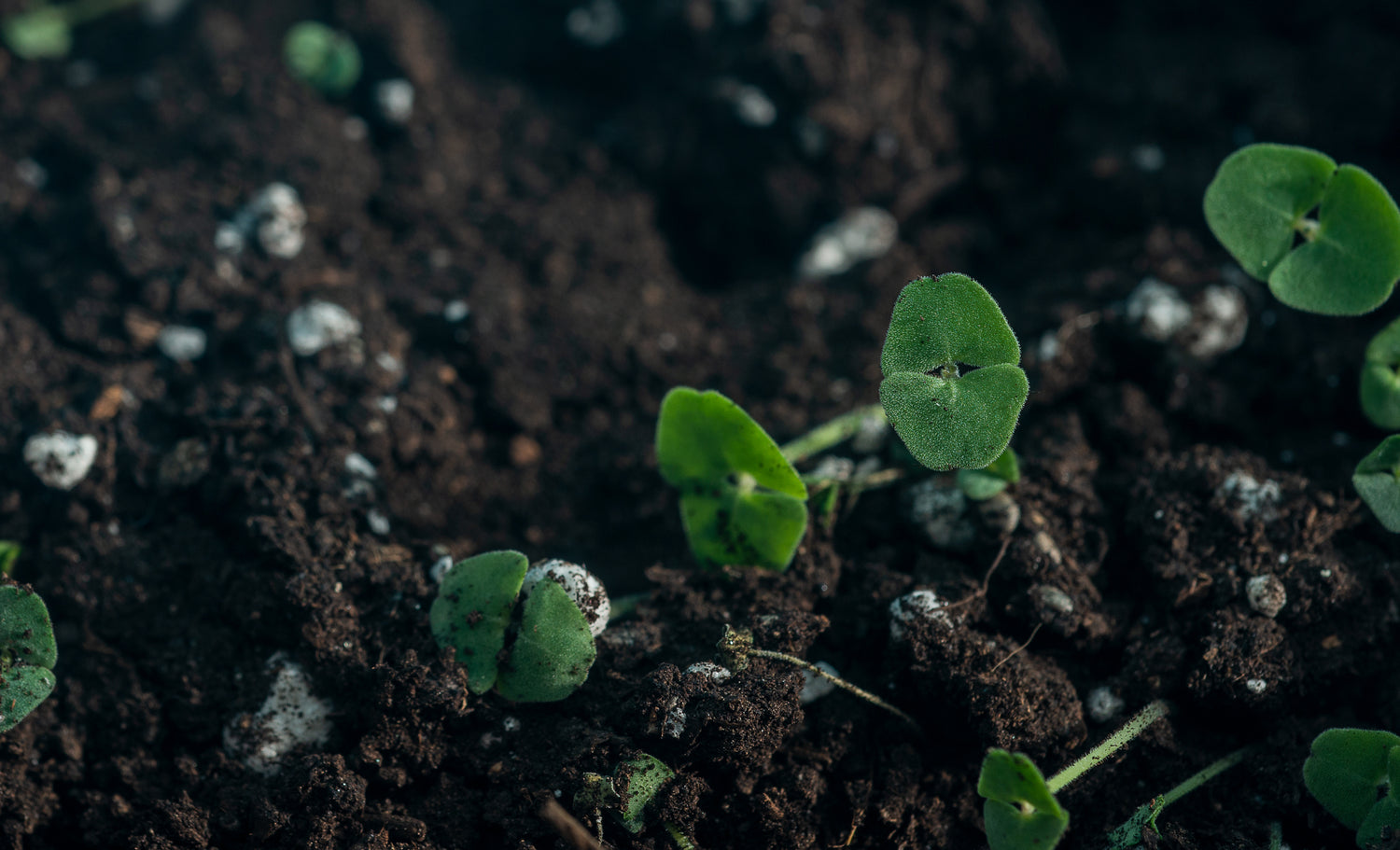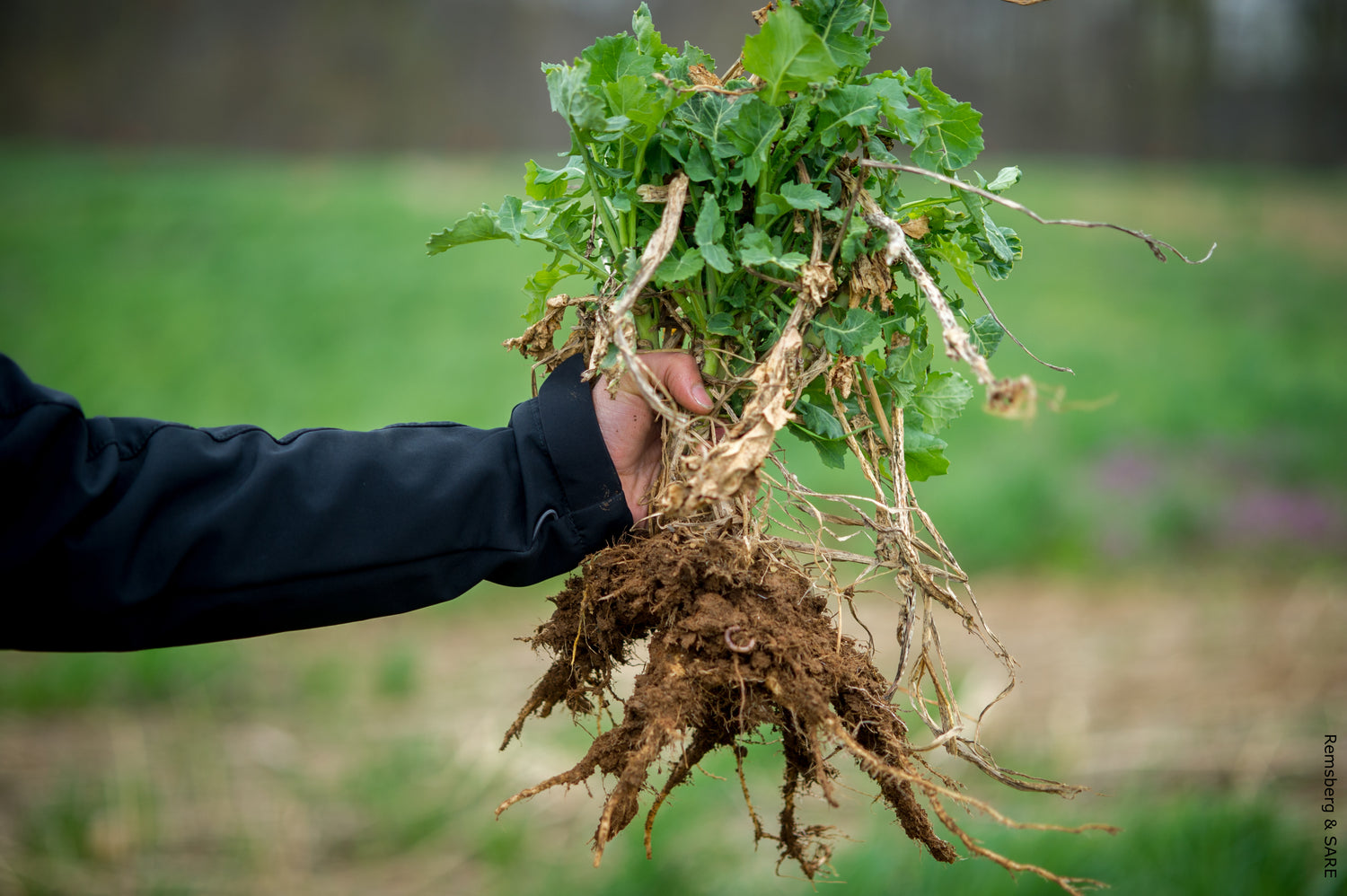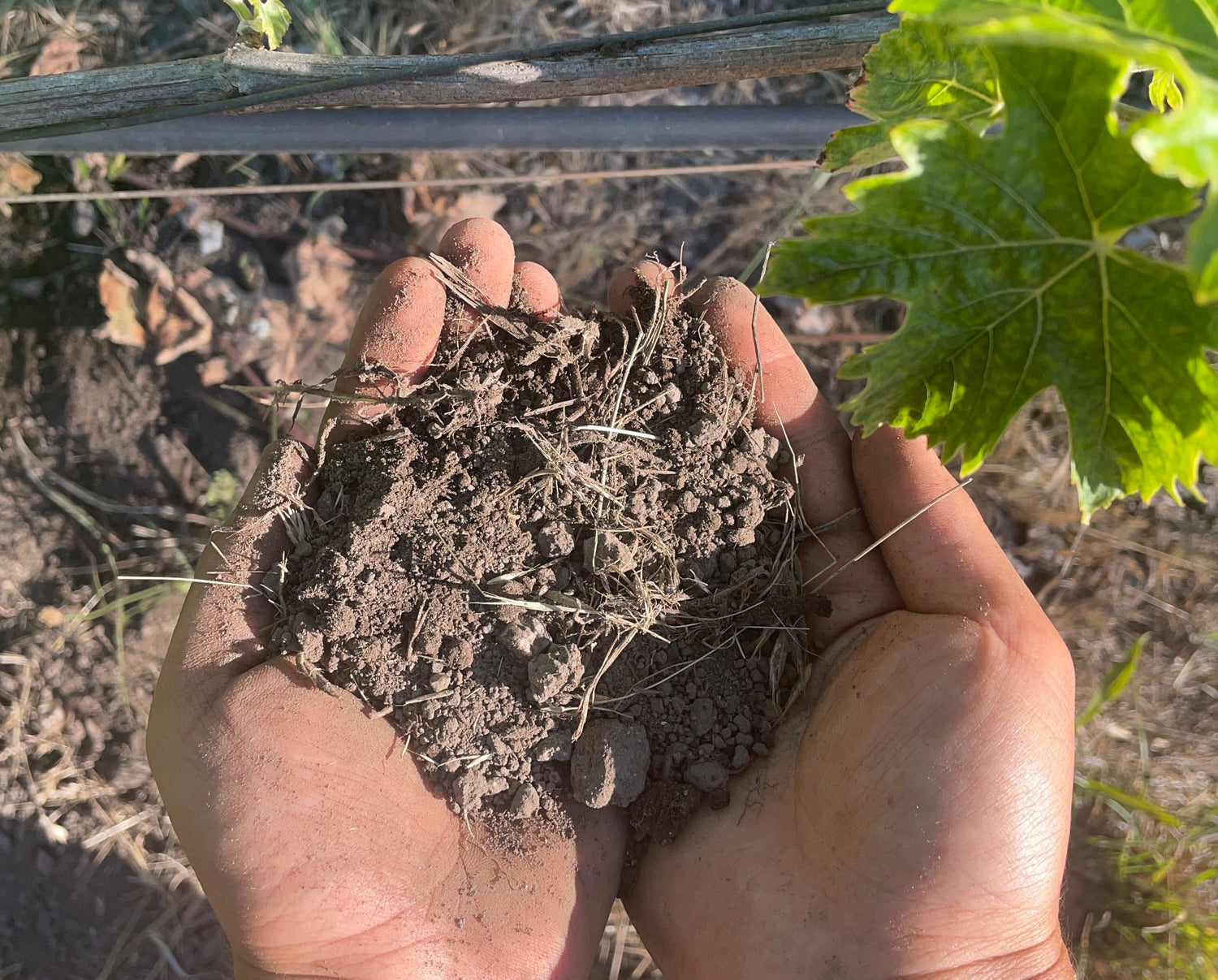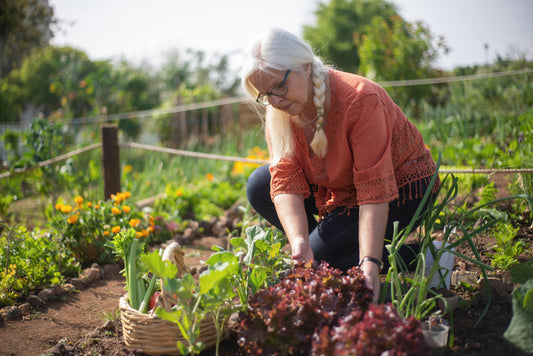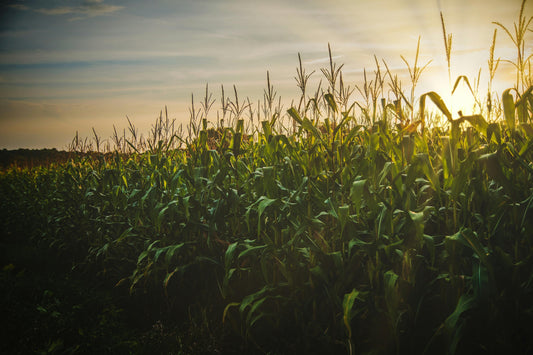Oakland's diverse soil landscape reflects the Bay Area's complex geology, from bay-front alluvial deposits to hillside rocky terrain. Understanding these varied soil types is essential for successful urban gardening, landscaping, and sustainable land management throughout Alameda County's urban core.
Oakland Soil Types: Complete Guide to Bay Area Soil Management and Urban Gardening
Oakland contains seven major soil types including fertile alluvial soils near the bay, well-draining sandy soils, water-retentive clay soils, balanced loamy soils, modified urban soils, shallow rocky soils in the hills, and historically contaminated soils requiring remediation, each demanding specific management strategies for optimal plant health.
Understanding Oakland's Geological Foundation
Oakland's soil diversity stems from its position within the San Francisco Bay Area's complex geological setting. The city sits on various geological formations including bay mud, alluvial fan deposits, and uplifted marine terraces. According to the USDA Natural Resources Conservation Service Soil Survey, Alameda County contains over 50 distinct soil series, with Oakland encompassing representatives from multiple soil orders.
Climate Influence on Soil Development
Oakland's Mediterranean climate significantly influences soil characteristics. The UC ANR Mediterranean Climate Research indicates that dry summers and wet winters create distinct soil moisture patterns, affecting nutrient availability, microbial activity, and plant growth throughout the year.
Major Soil Types in Oakland
Alluvial Soils
Found primarily in the flatlands near San Francisco Bay, alluvial soils formed from sediments deposited by historical creek systems and bay processes. These soils typically feature good drainage and fertility, making them suitable for urban agriculture. The California Soil Resource Lab characterizes these soils as having moderate to high organic matter content and neutral to slightly alkaline pH levels.
Management strategies for alluvial soils:
- Maintain organic matter through regular compost additions
- Monitor for salt accumulation near bay areas
- Use cover crops during winter months to prevent erosion
- Test pH annually as alkaline conditions may limit iron availability
Clay Soils (Bay Mud)
Extensive clay deposits exist throughout Oakland's lower elevations, derived from bay sediments. These soils exhibit high water-holding capacity but poor drainage when saturated. Research from UC Cooperative Extension shows that clay soils require careful water management to prevent compaction and root zone problems.
Clay soil management techniques:
- Add coarse organic matter like aged bark chips to improve structure
- Create raised beds to improve drainage
- Avoid working soil when wet to prevent compaction
- Install French drains in problem areas
- Select plants adapted to clay conditions
Sandy Soils
Sandy soils occur along Oakland's bayshore areas and some hillside locations with sandstone parent material. These soils drain rapidly but require frequent irrigation and fertilization. The Soil Science Society of America notes that sandy soils warm quickly in spring but have limited nutrient-holding capacity.
Sandy soil improvement methods:
- Incorporate compost to increase water retention
- Use mulch to reduce evaporation
- Apply slow-release fertilizers
- Install drip irrigation for water efficiency
- Choose drought-tolerant plants
Loamy Soils
Oakland's premium soils combine sand, silt, and clay in balanced proportions. These soils typically occur in protected areas like parks and some residential neighborhoods. According to NRCS soil health guidelines, loamy soils provide excellent growing conditions for most plants when properly managed.
Loamy soil maintenance practices:
- Maintain 3-5% organic matter through regular composting
- Practice crop rotation in vegetable gardens
- Monitor pH levels semi-annually
- Use balanced fertilization based on soil tests
- Protect from erosion with ground cover
Urban Modified Soils
Extensive areas of Oakland contain soils significantly altered by urban development. These soils often include fill material, construction debris, and compacted subsoils. The EPA Brownfields Program recognizes urban soil remediation as critical for sustainable city development.
Urban soil rehabilitation strategies:
- Test for contaminants before planting edible crops
- Import quality topsoil for new plantings
- Use containerized gardening in highly disturbed areas
- Decompact soil using deep tillage or pneumatic tools
- Establish ground cover to begin soil rebuilding
Rocky and Shallow Soils
Oakland's hillside areas contain soils developed over bedrock with limited soil depth. These soils challenge conventional gardening but support unique plant communities. Research from the California Native Plant Society demonstrates that native plants thrive in these challenging conditions.
Rocky soil management approaches:
- Terrace steep slopes to create planting areas
- Select native plants adapted to shallow soils
- Use rock gardens and xeriscaping techniques
- Install retaining walls to prevent erosion
- Minimize irrigation to prevent runoff
Soil Testing and Analysis in Oakland
Professional soil testing provides essential information for successful gardening and landscaping in Oakland's diverse soil conditions. The UC Cooperative Extension Alameda County offers comprehensive soil testing services and interpretation guidance.
Essential Soil Parameters
Critical testing parameters for Oakland soils include pH, organic matter content, nitrogen, phosphorus, potassium, and electrical conductivity. In areas with industrial history, testing for heavy metals and other contaminants becomes necessary for safe food production.
Local Testing Resources
Several organizations provide soil testing services for Oakland residents:
- UC Cooperative Extension Alameda County - Comprehensive agricultural soil testing
- Alameda County Master Gardeners - Basic soil testing and consultation
- Local garden centers - Home testing kits and pH meters
- Environmental consulting firms - Contamination assessment for urban soils
Climate-Adapted Soil Management
Oakland's Mediterranean climate requires soil management practices adapted to wet winters and dry summers. The SARE Building Soils guide emphasizes water conservation and soil health practices appropriate for Mediterranean climates.
Seasonal Management Considerations
Winter management focuses on preventing erosion and managing excess moisture, while summer emphasizes water conservation and maintaining plant health during drought periods. Timing of soil amendments, planting, and cultivation practices should align with natural rainfall patterns.
Sustainable Urban Soil Practices
Sustainable soil management in Oakland requires balancing productivity with environmental stewardship. The Rodale Institute promotes soil-building practices that enhance both productivity and ecosystem services.
Composting and Organic Matter Management
Oakland's composting programs provide residents with locally-produced compost for soil improvement. Proper composting reduces waste while building soil organic matter, improving water retention, and supporting beneficial soil organisms.
Integrated Pest Management
Healthy soils support plant immune systems and beneficial organisms that naturally suppress pests and diseases. Avoiding excessive pesticide use protects soil biology and maintains ecosystem balance.
Frequently Asked Questions
What are the main soil types in Oakland, California?
Oakland's main soil types include alluvial soils near the bay, clay soils in low areas, sandy soils along the coast, loamy soils in parks, urban modified soils, and rocky soils in the hills. Each type has distinct characteristics affecting plant growth and management needs.
How do I improve clay soil in Oakland?
Improve Oakland clay soils by adding organic matter like compost, ensuring proper drainage, avoiding walking on wet soil to prevent compaction, and considering raised beds for better root development.
Where can I get my soil tested in Oakland?
Get soil testing through UC Cooperative Extension Alameda County, local garden centers, or certified soil testing laboratories. The Alameda County Master Gardeners also provide soil testing resources and interpretation guidance.
Conclusion
Oakland's diverse soils present both opportunities and challenges for urban gardening, landscaping, and sustainable land management. Success requires understanding each soil type's characteristics and implementing appropriate management strategies. By working with natural soil properties rather than against them, Oakland residents can create productive, sustainable growing spaces that contribute to the city's environmental health and food security. Regular soil testing, organic matter additions, and climate-appropriate practices form the foundation of effective soil stewardship in the Bay Area's urban environment.
Sources
- USDA Natural Resources Conservation Service. Published Soil Surveys - Alameda County. https://www.nrcs.usda.gov/resources/data-and-reports/soil-survey/published-surveys
- University of California Agriculture and Natural Resources. Mediterranean Climate Research. https://ucanr.edu/sites/MMWSS/
- California Soil Resource Lab, UC Davis. SoilWeb Applications and Resources. https://casoilresource.lawr.ucdavis.edu/
- UC Cooperative Extension. Soil Management Guidelines. https://anrcatalog.ucanr.edu/Details.aspx?itemNo=21505
- Soil Science Society of America. Understanding Soil Types and Properties. https://www.soils.org/about-soils/basics/types/
- USDA NRCS. Soil Health Conservation Guidelines. https://www.nrcs.usda.gov/conservation/soil-health/
- U.S. Environmental Protection Agency. Brownfields and Land Revitalization. https://www.epa.gov/brownfields
- California Native Plant Society. Native Plant Resources and Research. https://www.cnps.org/
- UC Cooperative Extension Alameda County. Local Extension Services. https://ucanr.edu/County/?county=1
- SARE - Sustainable Agriculture Research and Education. Building Soils for Better Crops. https://www.sare.org/wp-content/uploads/Building-Soils-for-Better-Crops.pdf
- Rodale Institute. Soil Health and Organic Farming Practices. https://rodaleinstitute.org/why-organic/organic-farming-practices/soil-health/







